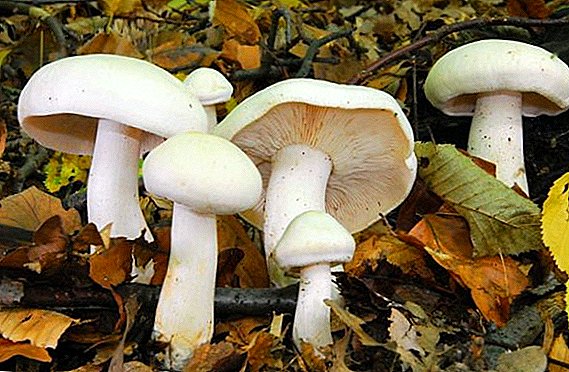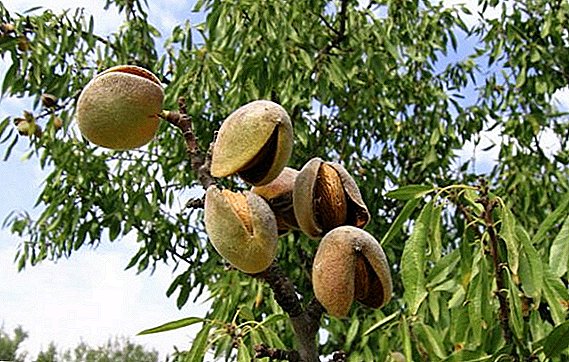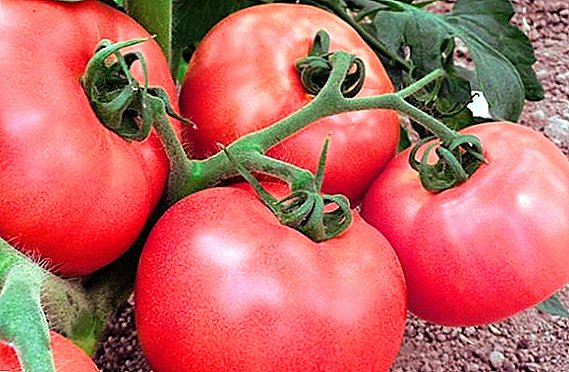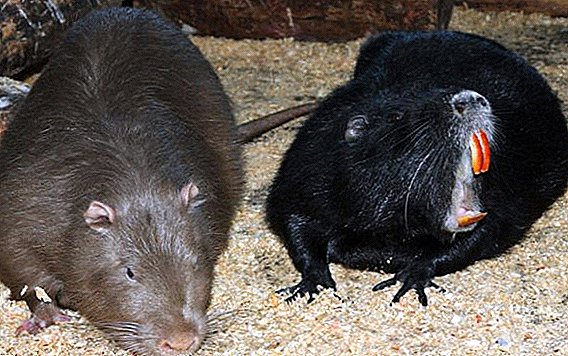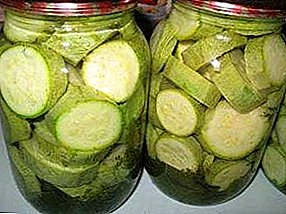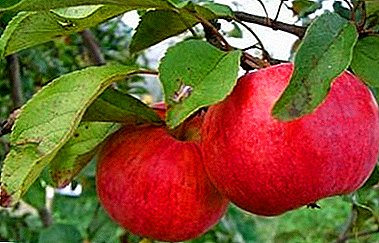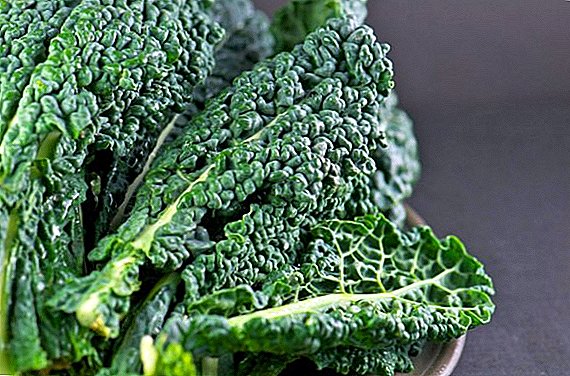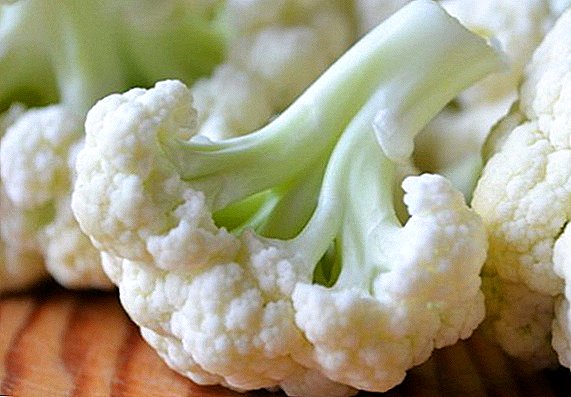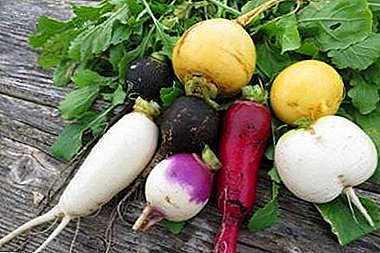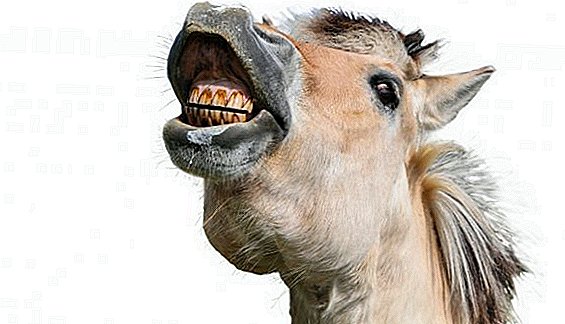 The teeth of a horse is one of the strongest parts of its body. They are used to capture, attack and defend, absorb and grind food. With their help, you can even determine the age of the horse. What teeth she has and how to find out from her how old the animal is - let's talk about this and other important details later.
The teeth of a horse is one of the strongest parts of its body. They are used to capture, attack and defend, absorb and grind food. With their help, you can even determine the age of the horse. What teeth she has and how to find out from her how old the animal is - let's talk about this and other important details later.
Horse anatomy
The teeth of the horse are quite strong, as they help her throughout the life to get and grind food, to protect themselves and their offspring. According to their shape and position, they are divided into incisors, canines, and molars. You will learn more about all their functions.
amount
Normally, a standard horse has 40 teeth. But there is an important difference: there are only 36 mares, since they have no canines. There are a total of 12 incisors and 24 molars.
Important! Although the stallion has 4 tusks, they have no functional effect, since they do not participate in eating food. Only incisors are used, with the help of which the horses cut the grass and they chew on it.
Kinds
Like any animal, a horse has four basic types of teeth. Each of them performs its functions. Together they form a dental arcade: upper, lower, front and back. 
Cutters
Each horse has 6 upper and 6 lower incisors: hooks, edges and averages. The hooks are in the center, then the middle incisors go further and, respectively, along the edges - edges. The incisors are also divided into dairy and permanent (darker or yellow, they are slightly larger).
In youth, the incisors are arranged in a semicircle, and already at a more adult age they straighten, and in the old horse, the teeth begin to protrude slightly forward and are located at an acute angle.
Familiarize yourself with the anatomy of the horse as a whole and with the structure and possible problems of the eyes, limbs, hooves, mane, and tail.
Fangs
Fangs grow only in stallions - 2 from below and from above, they usually do not grow in mares. In rare cases, they may appear, but develop poorly and practically do not grow. It is impossible to determine the age by fangs, since they can appear at 2 years, at 5 years and even at 8.
Fangs are located near the incisors and with age move a little away from them, turning away from the front teeth. Every year the upper pair is more and more erased, and the lower one can lengthen and dull. 
Premolars (first indigenous)
The first indigenous are premolars - there are only 6 of them growing. First, milky ones appear, which are later replaced by permanent teeth. The shift begins at the age of over 2 years and usually ends at 3 years.
Did you know? A horse's eyes are not only larger than those of other animals, but they can still move independently of each other. The animal can see the panoramic picture. But to concentrate on a particular image, it can only turn his head. And the horses see a color image.
Molars (molars)
The molars are sometimes called horse teeth, since only these animals have 3 permanent molars on each branch of the jaw (there are 12 of them). They help grind coarse or large meals with premolars.
They appear at different ages and unevenly: the first usually grows to 10 months, the second - to 20 months, and the last can appear in 3 years.
Changing teeth in a horse
Some teeth have a foal from birth or appear in the first week of life. Usually it is a pair of hook (first incisors), canines, if it is a boy, and premolars. Further in the first month there are average incisors and then edges.  Before the change of milk teeth, 8 molars appear in the foal, their growth period is 9-10 and 19-20 months of life. Replacing the teeth also does not happen immediately, but in stages. The incisors of hooks change first, after them permanent premolars grow.
Before the change of milk teeth, 8 molars appear in the foal, their growth period is 9-10 and 19-20 months of life. Replacing the teeth also does not happen immediately, but in stages. The incisors of hooks change first, after them permanent premolars grow.
It happens in 2-2.5 years. Then permanent middle incisors appear (about 3.5 years), and then extreme incisors (by 5 years). Fangs change without patterns, everything depends on the nutrition and life of the horse, its development and genes.
Learn how to feed a horse.
Teeth care
Teeth need particularly careful inspection and care. If there are diseases or problems, they can seriously affect the condition of the animal, interfere with eating, and cause pain. The problem is considered to be teeth that grow incorrectly, fragments of broken teeth, which can be pierced into the gum, worn or erased, and teeth with inflamed gums.
Signs of dental problems are:
- difficulty eating and chewing; copious saliva;
- unpleasant and pungent smell from the nostrils and mouth;
- discharge with undigested food particles;
- swelling of the nose and heavy discharge;
- the animal becomes nervous, restless and disobedient.
 Since horses have a problem with erasing their teeth, which occurs unevenly in a stable or household environment, their sharp ends must be constantly filed.
Since horses have a problem with erasing their teeth, which occurs unevenly in a stable or household environment, their sharp ends must be constantly filed.Important! If the pet behaves restlessly, refuses to eat, it can talk about problems in the mouth. It is very important to find out as quickly as possible, because the horses very quickly get used to the pain and then may not show that something bothers them. Examination of the teeth should be carried out regularly and regularly.
If this is not done, the pet may bite the lip or pierce the gums while chewing. Proper inspection and care of teeth provides a specialist - the vet has all the necessary tools for this.
Why cut the teeth of horses: video
Vices and anomalies
The most common problem is extra teeth or so-called spinners. They appear at any age and cause a lot of discomfort and pain. Since they appear without a pair, they injure the oral cavity and often cause inflammatory processes.
Tops can fall out themselves - they have no alveoli, so the connection with the jaw is small. But most often they require mechanical removal. In this case, it is best to contact the veterinarian, as he has special equipment for this.
Did you know? Horses have a keen sense of smell.. Formerly, horsemen and owners used to smear their hands with aromatic oils for better control, so that the animal could not smell the sweat from them. In addition, horses do not tolerate the smell of blood.Very often, horses on the teeth appear all sorts of cracks, sometimes fractures occur. The reasons for this pathology can be injuries, improper care and nutrition. If the animal begins to take less food or refuses it at all, this is one of the bright signs of the development of painful and pathological changes.
 Often, problems with the teeth are accompanied by gingivitis and glossitis due to the defeat of the mucous membranes. Cracks in the teeth must be cleaned, and teeth fragments should be removed. It is best to call for this specialist, as additional treatment with medical devices and antiseptics may be necessary if the damage is large.
Often, problems with the teeth are accompanied by gingivitis and glossitis due to the defeat of the mucous membranes. Cracks in the teeth must be cleaned, and teeth fragments should be removed. It is best to call for this specialist, as additional treatment with medical devices and antiseptics may be necessary if the damage is large.Caries is another problem that appears as a result of cracks in the teeth. If they are not processed in time, the lesion extends not only to the teeth, but also to the pulp and gum.
Pathology is manifested by impaired chewing, a bad smell and copious saliva. In the teeth appear bare cavity and fossa.
If the teeth are affected by caries, they are best removed, especially if the horse is old. It is also practiced to clean the mouth with special cement, which removes plaque and caries.
How to determine the age of the horse in the teeth
A gradual change of teeth makes it possible to determine the age of the animal. Usually, you need to look at the incisors, since they change according to a clear pattern and vary greatly with age.
Important! In the diagnosis and determination of age should also pay attention to the labial, lingual and rubbing surfaces. They look through not only the teeth, but also the cups, their shape and quantity.In determining the age, they are guided by periods of change of the dental system: the appearance and erasure of milk incisors, the eruption of permanent incisors, the erasure of their calyx and changes in the forms of rubbing surfaces.

Milk teeth are much smaller than the permanent ones (about two times), they are much whiter and have the shape of spatulas (the gum is attached in such a way that a peculiar neck is created, like a scapula).
Further age is determined specifically by the degree of erosion of the surface of the teeth, especially those who take part in the grinding of food.
Find out what the distinctive features of horse breeds are: Soviet heavy truck, Trakenensky, Frisian, Andalusian, Karachai, Yakut, Falabella, Bashkir, Orlov trotter, Appaloosa, Tinker, Klepper, Altai, Don, Hannover, Terek.
In the first 2 weeks of life, the foal has milky incisors (the upper ones appear faster than the lower ones). At the age of 1 month, average incisors are cut, and by 7 months extreme ones appear. Cups on hooks are erased by 1 year of life, on medium incisors - at 12-14 months, and at the extreme - for 2 years.
By the age of 2.5, the milk incisors begin to fall out and are completely replaced by permanent teeth by the age of 5. On the lower hooks, the cup is erased in 6 years, on medium incisors - in 7 years, and in the extreme ones - by 8 years.  On the upper teeth, the cups are erased a little slower, usually in 9 years on the hooks, about 10 in the middle incisors, and sometimes it takes more than 11 years for the edges to be erased.
On the upper teeth, the cups are erased a little slower, usually in 9 years on the hooks, about 10 in the middle incisors, and sometimes it takes more than 11 years for the edges to be erased.
Did you know? In ancient times, white horses were sacrificed to the god of the seas, Poseidon. He was considered not only the patron saint of the seas and oceans, but also the creator of the horses themselves. Animals were drowned in the sea and believed that it would bring good luck.When determining the age, it is also important to take into account other factors, such as the fact that the change of teeth is delayed in pregnant mares, the dry climate can accelerate the change of teeth, and roughage contributes to their more abrasion.


